Nexamp has established itself as a leader in community solar development across the Northeast, but the company is not just a one-note band. Nexamp is also involved with behind-the-meter, small utility-scale and storage projects and is spreading its footprint across the country. Community solar, though, is the star of Nexamp’s portfolio.
In this episode of the Contractor’s Corner podcast Solar Power World editor-in-chief Kelly Pickerel talks with Zaid Ashai, chairman and CEO of Nexamp, about the company’s involvement in the community solar market and beyond.
A portion of the interview is below, but be sure to listen to the full podcast for even more insight, including more about the difference between community solar and utility-scale O&M, the company’s outlook on where community solar will pop up next and its work to make sites more wildlife-friendly. Plus, solar sheep. We’re always down to talk about solar sheep.
Find the Contractor’s Corner podcast on your favorite podcast app.
What reasons are you seeing subscribers sign on to community solar projects?
Zaid: There are two drivers. The first is saving money on their utility bills. No. 2 is going green and participating in the green economy. It’s really allowing them to participate in solar development in their communities. For many people in these communities where economic development has been slow — in some of these rural communities — it’s important for them to see investments being made in infrastructure. Customers are really pleased to see these investments being made by Nexamp and other solar companies.
Nexamp used sheep on a New York solar farm for vegetation maintenance. What’s been your experience with sheep, and will you be using them on more sites?
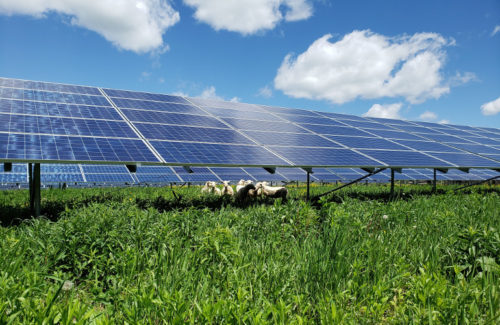 Zaid: It’s been a great experience thus far. We’ve worked with sheep raisers and several communities to supplant traditional vegetation mitigation, which is traditionally through lawn mowing. The exciting part about using sheep — it provides an economic benefit to the agricultural communities that surround some of these projects, it’s a lower CO2 footprint and, in scale, it’s cheaper than the more mechanical techniques. We’re definitely going to continue to roll this out to more communities, but for us, it doesn’t stop at sheep grazing. We are trying to make sure that these sites can provide other environmental benefits to the surrounding community as well. We’re looking at pollinator strategies to make sure our sites have the right ecosystem to really address that issue. We’re looking at strategies to make sure we use fencing techniques that allow wildlife to freely roam and don’t disrupt some of the migration patterns.
Zaid: It’s been a great experience thus far. We’ve worked with sheep raisers and several communities to supplant traditional vegetation mitigation, which is traditionally through lawn mowing. The exciting part about using sheep — it provides an economic benefit to the agricultural communities that surround some of these projects, it’s a lower CO2 footprint and, in scale, it’s cheaper than the more mechanical techniques. We’re definitely going to continue to roll this out to more communities, but for us, it doesn’t stop at sheep grazing. We are trying to make sure that these sites can provide other environmental benefits to the surrounding community as well. We’re looking at pollinator strategies to make sure our sites have the right ecosystem to really address that issue. We’re looking at strategies to make sure we use fencing techniques that allow wildlife to freely roam and don’t disrupt some of the migration patterns.
Nexamp completed its first energy storage projects last year in New York and Massachusetts. How does storage interact with the community solar market?
Zaid: Whether it’s in community solar or utility-scale solar, solar and storage are going to be coupled together very tightly. If we want to create base-load power characteristics for solar, then storage is critical. There are program design incentives in New York and Massachusetts, among other states, to couple storage with solar because these state are planning for a future where there will be little, if any, fossil fuel generation. If we’re going to be successful, storage has to be coupled with this. If you’re a subscriber in New York and we put storage in the project, your experience is no different. Your savings will be no different. Your bills will be no different.
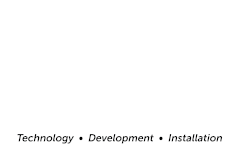
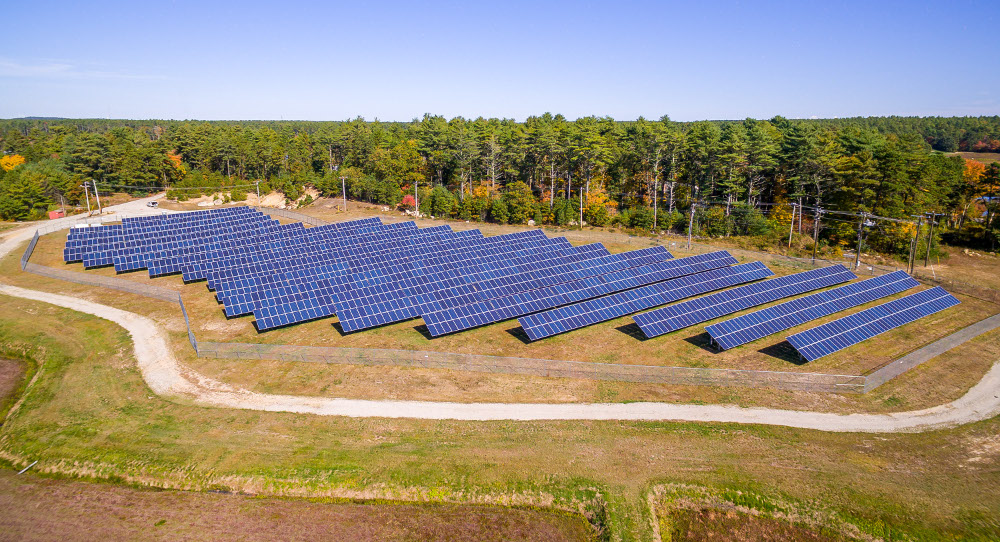
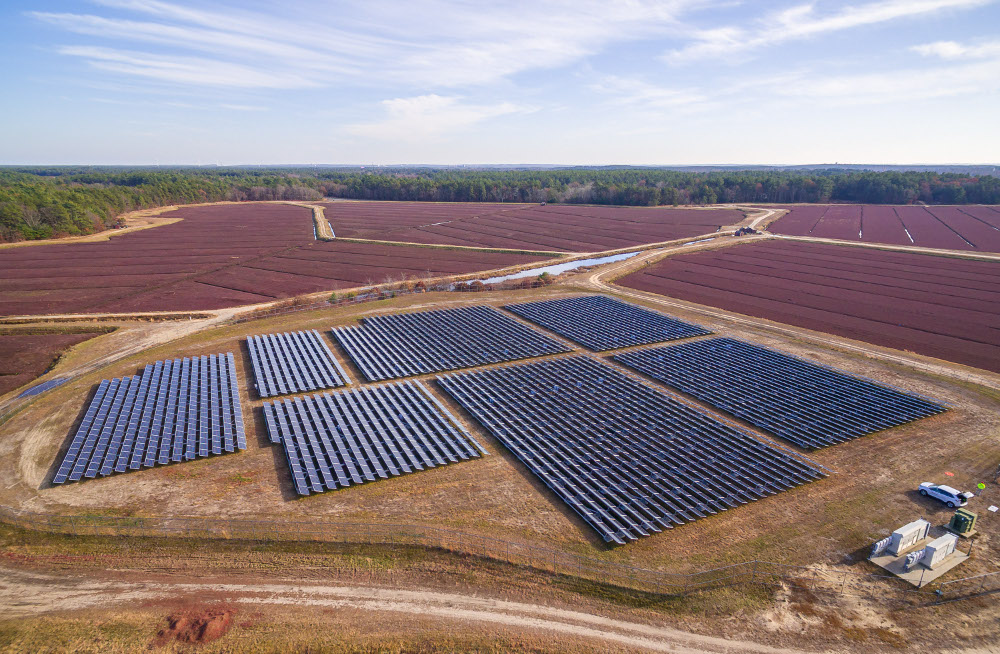
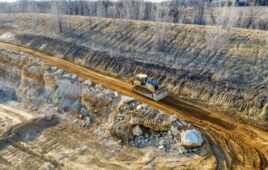
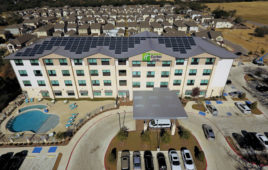
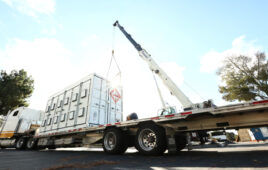
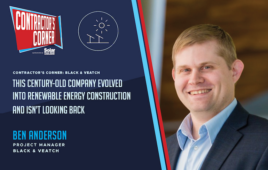
Tell Us What You Think!